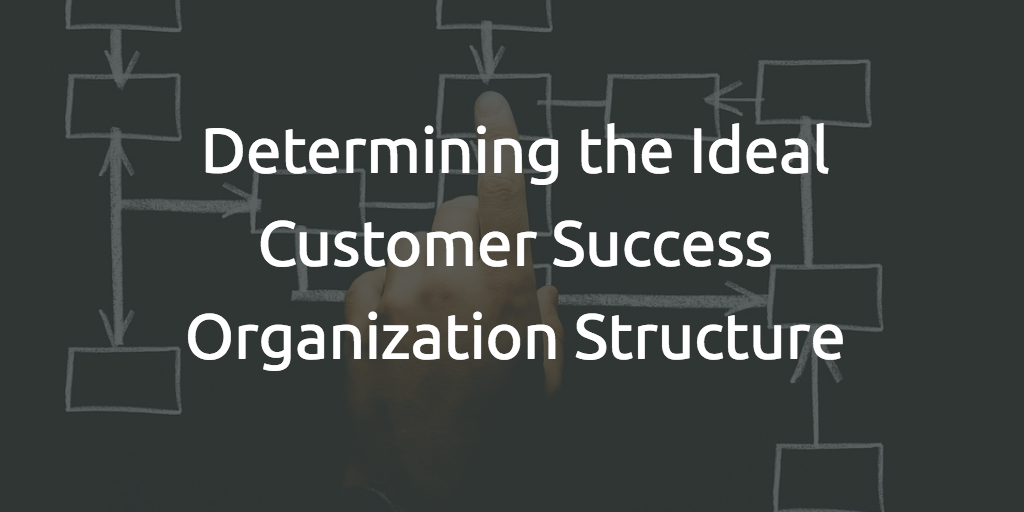
A great example of this is this question I received: In a large enterprise platform with a high-revenue customer base, do you see any pros or cons to having the Customer Success Management team and the pre-sales team working under the same leadership?
Such a simple question… with a not-so-simple answer.
Let’s dig in…
For context, on Friday, May 5, 2017, I did a Customer Success Ask Me Anything (AMA) on Facebook live. It was awesome. The video (audio only… sorry) is embedded below and below that is the transcript (edited for better readability) that answers the question.
Customer Success Org Structure
Bob from email asked, “In a large enterprise platform with a large ACV SaaS environment, do you see any pros or cons to having the CS team and the pre-sales team working under the same leadership?”
The question is, assuming we’re doing a lot of things right, we’re selling to the right customers, does it make sense just from a org structure standpoint to have customer success? Should Customer Success and Sales all roll up to the same leadership?
I would much rather see customer success sit under a CRO, a Chief Revenue Officer, along with sales than to see Customer Success Management under Operations or something like that.
In a company organization, you basically have two ways of looking at Customer Success.
This is a little bit higher level than what Bob was asking, but we’ll get down to that.
First, you have Customer Success that’s a cost center. It’s something that has to be done. It’s really there for churn mitigation. That’s it.
That would be when you find it under operations or when you find it without leadership just “reporting” to the CEO. They’re just out there to “make our customers happy.”
If you have a CRO situation, where you have Sales and Customer Success rolling up to them, that’s interesting because then you’re looking at Customer Success really as a profit center, as something that’s a part of growth.
The problem with that is if you have a sales-focused organization – when I say it like that, I mean a “sales at all cost” organization – you may run into situations where your sales organization will sign customers regardless of their Success Potential because they’ve got to hit those short-term numbers.
Generally, if they’re both under a CRO – in an equal way – the cool thing is you have a VP of sales and VP of customer success. They’re both represented there. That’s fantastic.
You could also have a Chief Customer Officer where that position owns Customer Success, support, training, etc. Every customer type of function rolls up to the CCO. They sit there along with sales leadership and other executive leadership. That’s also a really good thing.
Ultimately, it comes down to not so much org structure. It comes down to culture.
What are we really trying to do? It doesn’t really matter where Customer Success sits.
It doesn’t really matter where Customer Success reports.
It doesn’t really matter if you have a Customer Success where their only job though is on the pre-sales function, like a customer success centric sales engineer.
If you had them sitting in the sales organization literally reporting to sales, but they are representing Customer Success, that’s cool.
I think more than anything, it’s, “Are we going to give Customer Success Management a voice in the company, really be able to have that influence over everything else we’re doing in the organization, or is it just something that sits over here and makes customers happy?”
Culture comes first and then structure in my opinion.
I don’t know if that really answers this.
Again, some of these things are very specific to the different companies. I think a lot of you guys are searching for very specific answers. I would be very wary of any situation where somebody just puts a blanket statement out there as, “This is the right thing to do.”
It’s so specific to your company and to your relationship with your customers. Just be careful out there. Blanket statements around those things are going to be difficult. I know that’s what we want. We want those answer. We want those specific answers.
I can give you ways of looking at it, ways of thinking about it, and you can go from there.
I have faith in you.